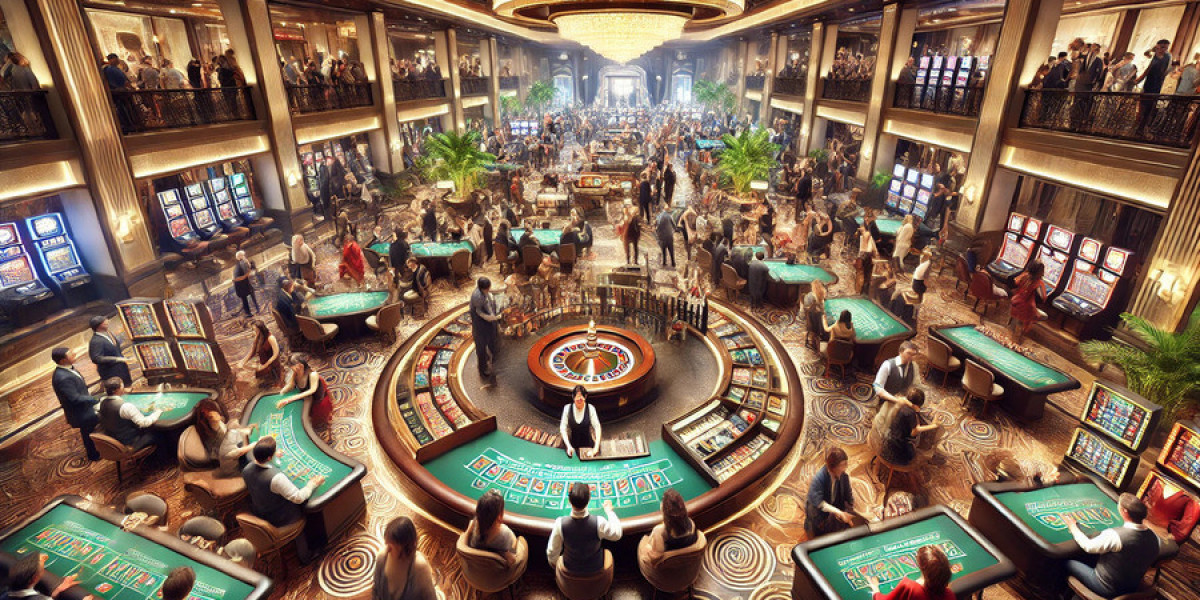Exploring the World of Sports Betting Online: Opportunities and Insights | #powerball
Entdecken BeiträgeEntdecken Sie fesselnde Inhalte und vielfältige Perspektiven auf unserer Discover-Seite. Entdecken Sie neue Ideen und führen Sie bedeutungsvolle Gespräche
The Rise of Online Sports Toto: Opportunities and Strategies for Success | #powerball
Exploring Slot Tournaments with Cash Prizes: A Guide to Winning Big | #korean Casino
The Rise of Evolution Gaming Live Casino: A New Era in Online Gambling | #casino Site
Discovering Europe’s Best Gambling Sites: A Comprehensive Guide | #korean Casino Site
Exploring Online Casino Payment Methods Comparison: A Comprehensive Guide | #korean Casino
Exploring Ethereum Gambling Sites: The Future of Online Gaming | #online Casino
Exploring Mobile-Friendly Casino Games: The Future of Online Gambling | #casino Site








